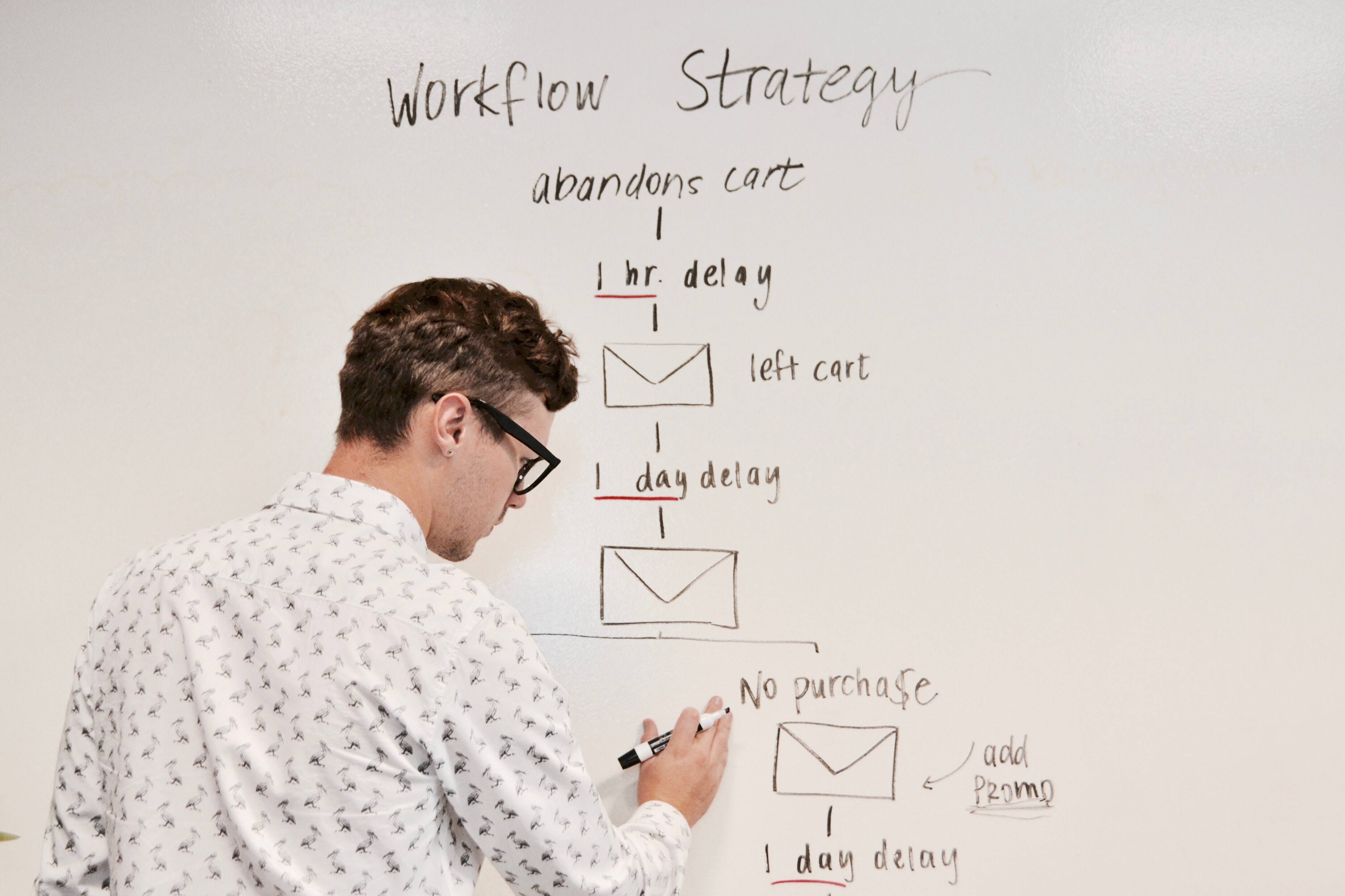How to Create Impactful Use Cases Through the Power of a Customer Data Platform
by Kalina Dancheva on 1.9.2023

Most Customer Data Platform (CDP) vendors talk about 'use cases' as a driver for why you need to invest in a CDP. This makes sense because there are hundreds or thousands of potential use cases that a CDP can help with, and narrowing in on the cases that are going to drive the most impact is a great way to start with a Customer Data Platform purchase.
However, once your CDP is implemented and plugged into your business systems, CDP-equipped organizations should be empowered to move into a continuous test-and-learn process where hypothetical use cases can be easily implemented to prove the impact of new strategies.
For example, you may want to test if using a predictive AI model to create a more defined audience for a retargeting campaign works better against a control group to justify an investment in machine learning, or perhaps you want to A/B test 50% of your customers who move through a conversion step to be redirected to a different landing page to test if it generates more app downloads, or perhaps you want to test and prove how personalized up-sell offers work better than the regular offers to help get the sign off for a new personalization tool.
At Relay42, we live and breathe a test-and-learn approach with our customers. Our experienced marketing consultants and the CDP technology can work with you to test and learn from a hypothesis to improve the effectiveness of your customer journeys.
Watch the video below, or keep reading, to learn about our 10-step test-and-learn workflow that you can consider with your own Customer Data Platform.
1 - Define your objective
This is the main objective that you want to achieve with your CDP, which needs to be both specific and measurable. For example, ‘our goal is to increase acquisitions’ is not specific and only slightly measurable in terms of evaluating if conversions are higher, lower, or the same. Changing that goal to ‘our goal is to increase acquisition from our anonymous website visitors by 3%’ is specific in that it is about acquiring customers from unknown website visitors, and also by how much.
2 - Ideation
This is normally done via a workshop, or a meeting of relevant people, to ideate on use cases, strategies, and changes that are needed to help meet that goal. Ultimately, this is where you can create buy-in from the people who matter most but also uncover all the ways that you might be able to reach your goal. In the example of converting 3% more of your anonymous website visitors that could move to evaluate which pages they arrive at, where to personalize some content, how to surface the right CTAs, and/or new ways to recognize those unknown users with robust identity resolution and real-time customer profile building.
3 - Review
The review stage is where you bring all the ideas together and then list them into use cases that you want to explore and validate to see whether or not they are impactful enough. This can be as simple or complex as you want it to be but usually would have some effort ratings and impact scores against each hypothesis. This is also the stage where some use cases are discarded or postponed because they're not required at this stage, or perhaps might be too abstract for the goal you want to achieve.
4 - Prioritise
Having built out your list of hypotheses you then prioritise them based on the potential impact they would have and the required effort to achieve them. That is down to you. You may want to move fast with 10 use cases that require minimal effort but low impact, however could compound to have a large impact overall, or you may want to focus on the biggest impact first and then add the others at a later stage knowing that the effort required will be high and potentially too disruptive to consider other use cases as the same time.
5 - Research
In the research phase, you would look to ensure that all the relevant data sources are connected to the CDP and that you have all the data available that you’ll need to test out the use cases. Where you don’t, this could impact your prioritization list of use cases, while you get that data source connected. The great thing about CDPs is that they’re designed to plug & play with new data sources, so adding your eCommerce data, testing a freemium tool, and connecting a new ESP or other should be relatively easy and quick to connect to.
6 - Design
In this phase, you would create the content, craft the messaging, and all the other creative assets that you are going to need to put your hypotheses to the test. This might be creating the new landing page, feeding the predictive model with the relevant creative variants, designing banners, or whatever else you need for the use case to be tested successfully.
7 - Develop and Launch
Here is where you move into building, developing, and launching the use case or hypotheses. This is actually where a lot of companies stop – but this is where the most important step gets missed, which is the analysis of your results.
8 - Analyze the results
This is where you would analyze the results from your use case experiment, and validate the hypothesis that you set in the first place. You need the right metrics and data to be able to analyze the success or failure against your goal. That’s where the CDP is invaluable with all touchpoints, data, and conversion events readily available for analysis, and specifically with Relay42, a journey builder with ‘test-and-learn’ experiments and control groups that can be built into every journey step providing you with every metric you need to test each use case and measure the results.
9 - Optimize or move to a new use case
Having analyzed the results, what do you do next? Again, it's important to remember that this is a test-and-learn process, so what did we see from the results and should we continue with it, or move to another use case?! Perhaps the personalization of a homepage banner did little to show higher conversions from anonymous visitors. If so, then move to the next use case or hypothesis that might be to add them to a retargeting campaign in a paid channel – then test and learn again to see if conversions are going in the right direction and if your new retargeting experiment is working or not.
10 - Report the results
Finally, you must report the results and relate them back to your objectives and goals. Did we achieve what we wanted? Did any of our hypotheses work? If not, you’ve learned a lot in the process, you have documented results, and can start again from ground zero, or indeed implement the positive changes at scale.
In our theoretical example we found that personalizing the homepage did very little, but retargeting in paid media back to a personalized homepage banner yielded a 5% increase in conversions and then implemented that at scale. And, for our failed use cases, we can go back to make changes and re-test (e.g. adding personalization one step deeper than the homepage having realized that users are not spending enough time on the homepage to take action, but spend 3X more time on product category pages instead.)

Why use a test-and-learn process for CDP use cases?
The test-and-learn way of working ensures you devote the right levels of time, effort, and budget towards strategies and hypotheses that actually work, and encourages a more data-driven approach to developing the optimal buying experience for your customers. It also provides proof points for a CDP user to justify future investments to the executive board.
During the initial rollout of the CDP into the business this approach enables marketers to shorten the time-to-value with vital use cases developed in days or weeks, rather than waiting for a 9-month deployment. At Relay42 we not only adopt this approach with every customer, but we have also built clever journey analytics and journey experimentation to provide all the necessary insights and capabilities to work without test and learn approach.
If you need help implementing a Test-and-Learn workflow to create impactful CDP use cases then get in touch with us or book a demo.
You May Also Like
These Related Stories

How to Design Journey Orchestration Use Cases that Perform

3 Powerful Use Cases to Restart Airline Digital Marketing


.png?width=786&height=265&name=Relay42%20Demo%20Banner%20(1).png)